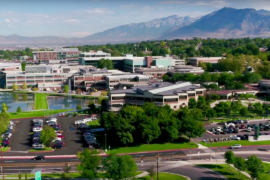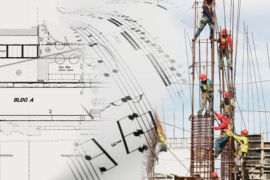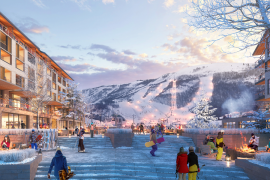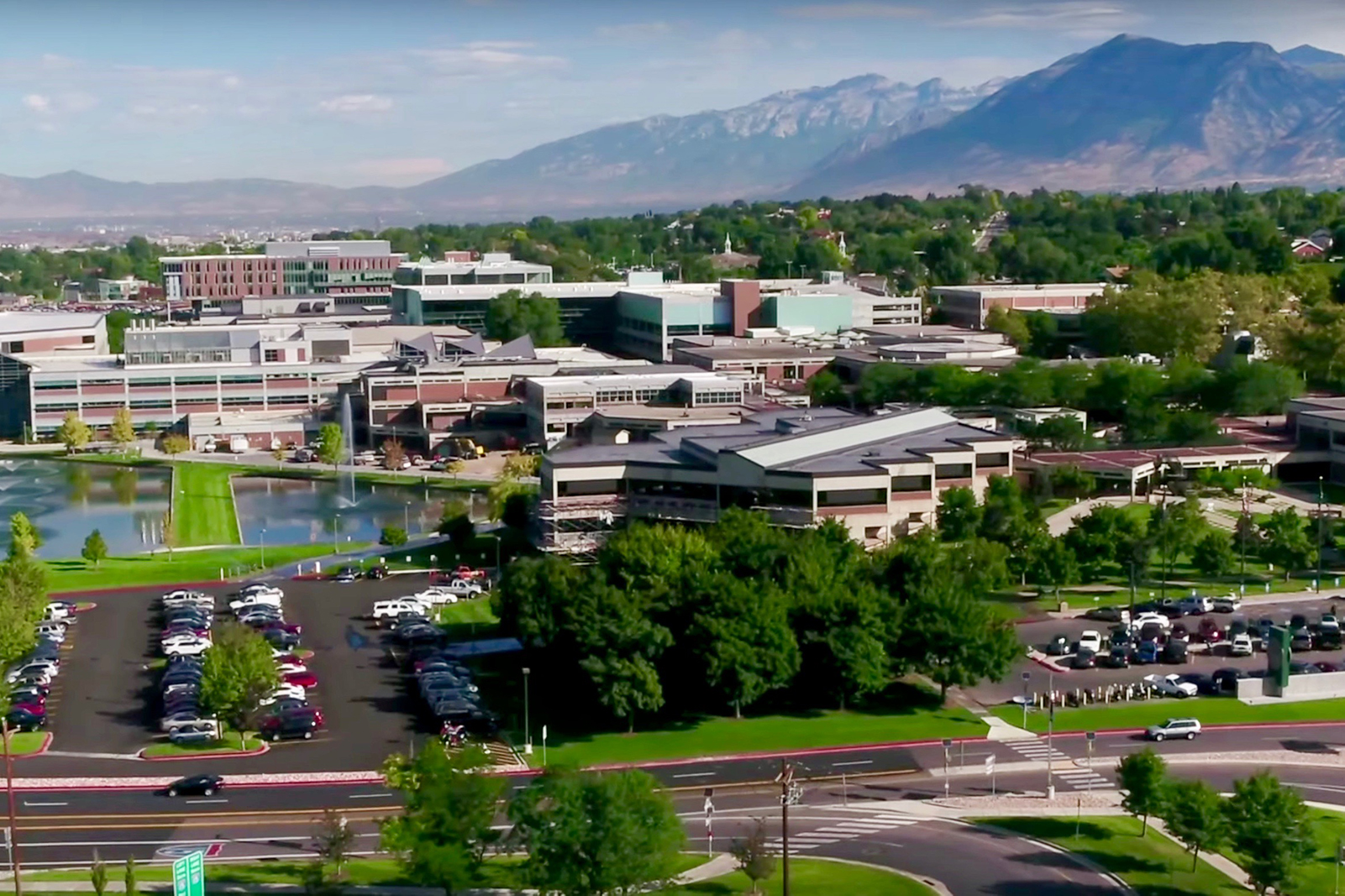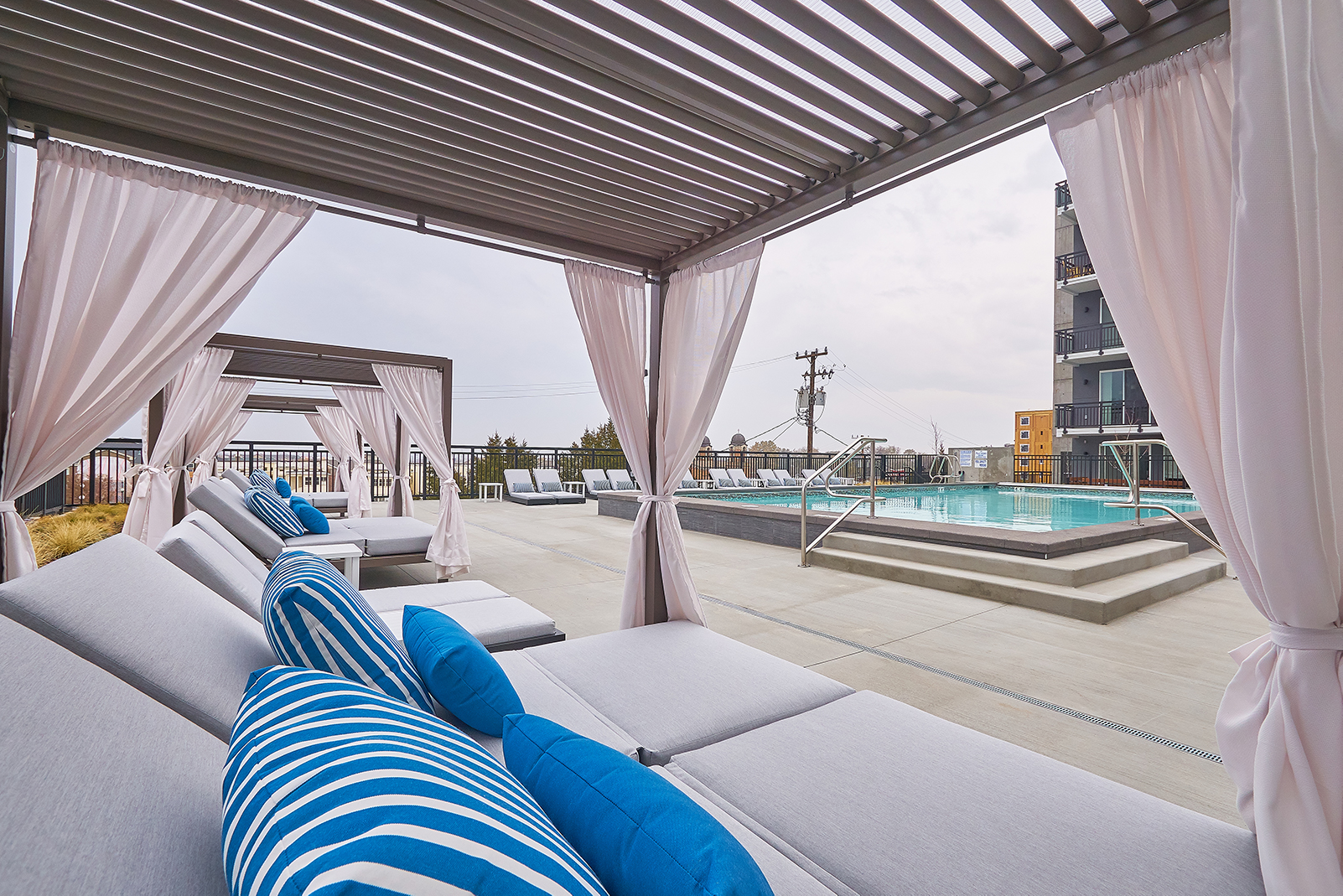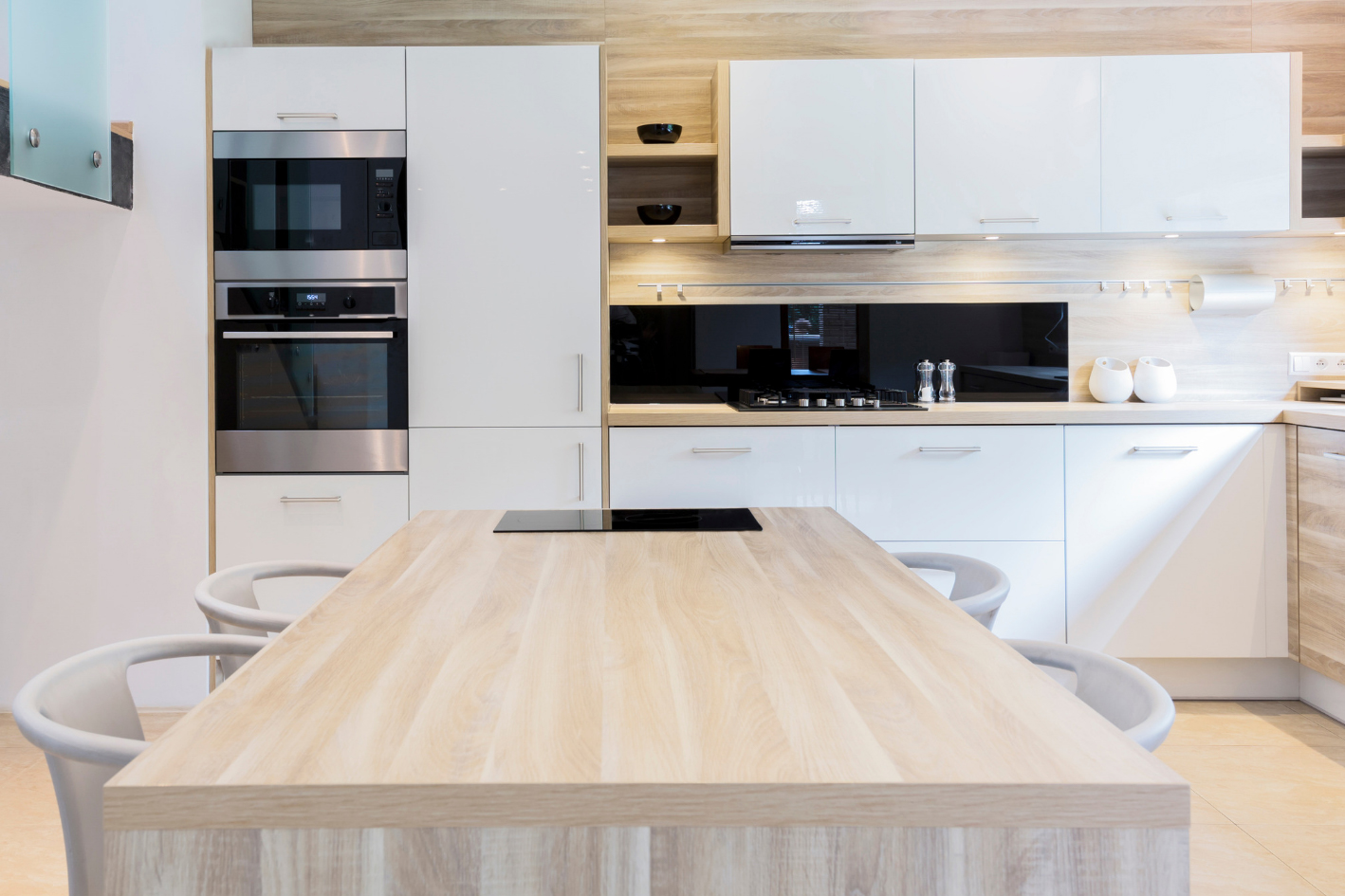Going in to the New Year, there is, indeed, uncertainty in the economic environment. As I met with our partners and attended conferences over the past year, I noticed a distinct mental shift: Everyone is paying attention on the macro level (inflation, supply chain, interest rates, etc.) as opposed to the micro level (“What building do I buy?” “What stock or company do I invest in?”).
As I examine the combination of factors influencing markets, I do foresee some challenges, not just for the Fed but for future investment. We are currently moving into an economic environment where communication and colossal stimulus packages have created a complex situation with a fundamental misreading of inflation as transitory. We see inflation at 6.2 percent with energy and food prices, construction, and materials demand surging. This is the reality of the macro environment we are living in, and while we continue to push forward at PEG, we have to be acutely aware of how these factors influence our investments. Today, it is critical that strategic commercial real estate investors understand inputs in order to produce the proper outputs. As real estate investors, we must study the markets we are in and safeguard our assets.
One thing that we have noticed is that reported inflation is (unfortunately) understated. The reason I say this is because the core CPI calculation, Owners’ Equivalent Rent [OER], relies on owner surveys to estimate inflation in housing costs. This is a particularly imprecise metric. The single-family rental market provides more accurate data than the government surveys. Billionaire investor Bill Ackman recently took to Twitter to explain the discrepancy stating, “OER in today’s reported Core CPI was 3.5% YoY. The largest owners of nationwide single-family rentals are reporting 17% YoY rent increases. OER is 30% of the Core CPI calculation and 24% of reported CPI. Using the more empirical measure in the calculation increases today’s Core CPI from 4.9% to 9.0% and CPI from 6.8% to 10.1%. Housing inflation is unlikely to abate based on supply and demand trends. The inflation that households are experiencing is raging and well more than reported government statistics.”
On the flip side, we are seeing some major potential benefits with housing inflation to our upcoming investments in the multifamily housing space including at several apartment communities leasing this year along with the projects that we will begin in the first half of 2022. While we need to be cautious about how we trend rents over the next several years, our upcoming multifamily projects are located in markets with strong dynamics that will sustain good rent growth and low vacancy rates. Many of these PEG projects, including the examples below, will appeal to the renter that chooses to rent as a lifestyle preference in the top-performing markets we’ve entered.
Scottsdale and Indian School Road Mixed-use is a four-acre parcel in the heart of Downtown Scottsdale that includes multifamily, hospitality, and retail. We created additional zoning for more units, have chosen to design to top-of-market standards on the multifamily, ensuring against future competition and expecting premium market rents. We paid attention to market changes due to the impact of the pandemic and increased the size of our multifamily units. All units will now have designated work-from-home office spaces with millwork desks. One-bedroom rents for primary comparable properties have increased almost 26 percent since April 2021, and two-bedroom rents for primary comparable properties have increased more than 22 percent since April 2021. The apartments will front Indian School Road with the hotel fronting 3rd Avenue, both of which are bustling and walkable streets adjacent to many of the community amenities in Old Town Scottsdale. This location is also sandwiched between Fashion Square and Downtown Scottsdale with direct access to one of the largest thoroughfares in Scottsdale–State Road 101—with proximity to the Phoenix International Airport. Additionally, being so close to Downtown provides access to many of the large employment centers including the Camelback Corridor, Downtown Tempe, and Phoenix. This high-barrier-to-entry market has existing amenities built up around it, a rich history full of community staples that locals love, and a business-friendly economy that continues to attract incoming talent.
465 Main Apartments will be positioned as a Class A mid-rise 15-story building located at the corner of 500 South and Main Street in Salt Lake City, Utah. The project will be situated on the busiest TRAX light rail station in the city and only a few blocks from three different I-15 entrances. The location provides an opportunity to be within walking distance to some of Downtown’s highest-paying jobs. The project benefits by being next to a proposed 22-story Class A office building by Hines Development. By being on the periphery of Downtown, the building will enjoy unobstructed views to the east, south, and west. Amenities include a resort-style pool and spa, high-end fitness center, bike storage, smart home features, a fully automated mechanical car lift system, and incredible rooftop clubroom and lounge. We have seen rents in the area increase by 12 percent YoY and believe this project will perform very well in Salt Lake City.
The Luhrs building is Phoenix’s first high-rise office building. Completed in 1924, the property is well-positioned for repurposing as a hotel. The project will consist of converting the lower nine levels of the existing Luhrs building into a 164-key Moxy by Marriott. Existing tenants, who will contribute cash flow to the project during renovation, will occupy the 10th floor and a portion of the ground level. The area is proven to have high RevPar and strong occupancy. Over the last two years, the Downtown Phoenix office market has experienced a decrease in office absorption due to the repositioning of existing office buildings, and the long-term viability of the property performing well as an office building is unlikely. With the energy of the surrounding neighborhood, Luhrs is poised for an adaptive re-use into a new node within the Downtown Core. We operated the property as a cash-flowing asset through 2021 and will begin renovations in 2022.
Within the single-family rental space, demand remains strong across demographics. Currently, homeownership among younger households is at its lowest level in at least 40 years. There are multiple factors contributing to this statistic such as family size, surging home prices, and less desire to own a home. Millennials and empty nesters are seeking the same thing: freedom. Both groups are seeking the mobility that comes with a lease while trying to avoid the significant time and cost associated with keeping up a home. Gen Z renters—the fastest-growing active segment of the renter market in the U.S.—are flocking to suburbia, a trend that’s completely opposite that of their millennial predecessors who preferred urban markets. A recent survey of Gen Z renters by the National Apartment Association in partnership with Statisfacts/Apartment Ratings shows that more than half of Gen Z renters surveyed said they’ll stay put after graduating from college, with 44 percent saying they prefer a vibrant suburb over city life, and 43 percent say they want to rent single-family detached properties after graduating. Nationally, rents rose 9.3 percent in August, YoY, up from a 2.2 percent YoY increase in August 2020, according to CoreLogic.
Understanding the demand for more space and larger units across multiple generations, PEG has developed an entire strategy around building upscale for-rent single-family horizontal apartments and patio homes throughout the Mountain West. PEG is now leading the build-for-rent space with one of the first systematized BFR investment vehicles in our region. We’ve created a unique brand specifically for our strategy, and I’m excited to share that we closed on our first BFR deal in Boise, Idaho in December. Alante Homes will provide a refined rental experience for discerning renters of all ages and demographics, and our market research shows this emerging asset class will be a major one to watch for in 2022 and beyond.
In addition to executing on our robust pipeline of multifamily projects, PEG continues to find innovative strategies for addressing today’s challenges while maximizing returns for investors. As a hedge against the rising construction cost environment and housing inflation, PEG has been acquiring well-located, first-generation extended-stay hotels for conversion into Class B apartments. This strategy has allowed us to leverage the unique economic situation created by COVID-19 by operating our acquisitions as cash flowing hotels while our units are under renovation. Our extended stay hotels have been an effective hedge to inflation because we can adjust rates daily. Extended stays were the best-performing properties in the hotel sector during the COVID-19 downturn and continue to outperform other hotel types today. I want to extend a warm welcome to our newest institutional investors who joined our PEG Extended Stay Conversion Fund, L.P. and look forward to closing out the fund in early 2022.
In summary, I am optimistic about the next few years but cautious about how we underwrite and invest in assets in this inflationary environment. It is important for us as investors to continue to gather and study the data in order to make smart decisions, and PEG will be diligent about that as we enter the New Year and continue driving toward our objectives. We look forward to an exciting 2022 and wish you, as our trusted investor partners, a very happy New Year!





